How to Choose the Right Cutting Machine for Your Business Needs
Selecting the appropriate cutting machine is crucial for businesses aiming to enhance productivity and efficiency in their operations. According to a report by Technavio, the global cutting machine market is expected to grow by over $1 billion from 2021 to 2025, driven by advancements in technology and increasing demand across various industries. Whether in manufacturing, textiles, or signage, the right cutting machine can significantly impact quality, speed, and cost-effectiveness.
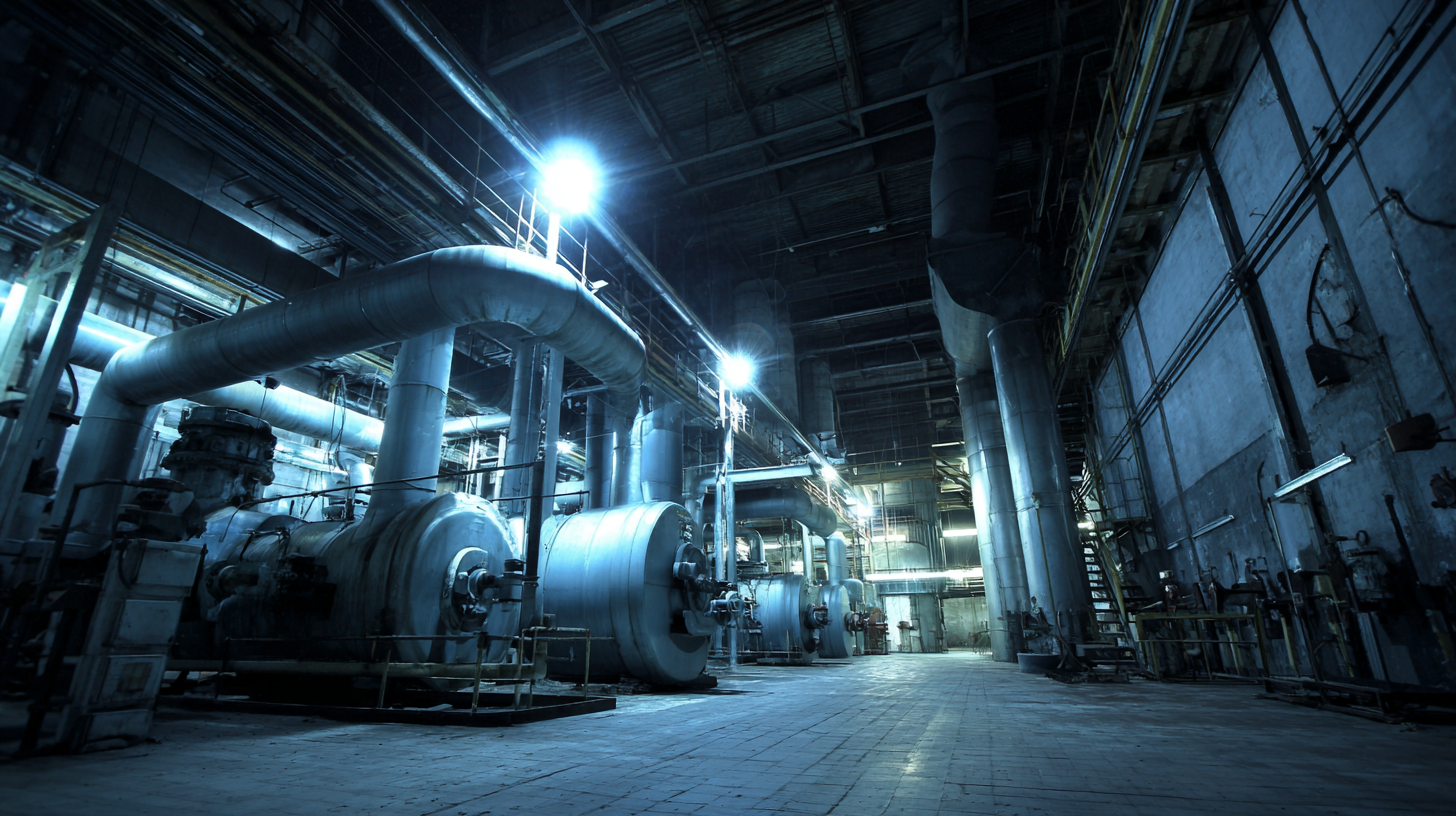 Factors such as material type, volume of production, and specific application needs play a vital role in this decision-making process. With a plethora of options available, understanding your business requirements and aligning them with the capabilities of different cutting machines is essential for optimal performance and return on investment.
Factors such as material type, volume of production, and specific application needs play a vital role in this decision-making process. With a plethora of options available, understanding your business requirements and aligning them with the capabilities of different cutting machines is essential for optimal performance and return on investment.
Identifying Your Business Requirements for a Cutting Machine
When choosing a cutting machine for your business, it’s crucial to first identify your specific requirements. Consider the types of materials you will be cutting, the volume of production, and the precision needed for your operations. Understanding these factors can help you select a machine that not only meets your current needs but also accommodates future growth. For instance, a business focused on intricate designs might require a machine with advanced capabilities, while a company dealing with bulk materials may prioritize speed and efficiency.
Additionally, examining applications beyond your core business can provide insights into how a cutting machine might enhance your operations. As companies explore new avenues, such as finding efficiencies or addressing unmet needs, having the right technology can create opportunities for innovation. For example, in the face of potential changes in service providers, it’s essential to ensure the cutting machine you choose is adaptable and can support diverse applications, thereby safeguarding your business against unforeseen disruptions.
Understanding Different Types of Cutting Machines Available
When selecting a cutting machine for your business, it's essential to understand the various types available and their unique functionalities. One popular category is laser cutting machines, which use highly focused laser beams to cut through materials like metal, wood, and acrylic with precision. These machines are ideal for intricate designs and allow for high levels of customization, making them a favorite in industries such as signage, manufacturing, and art.
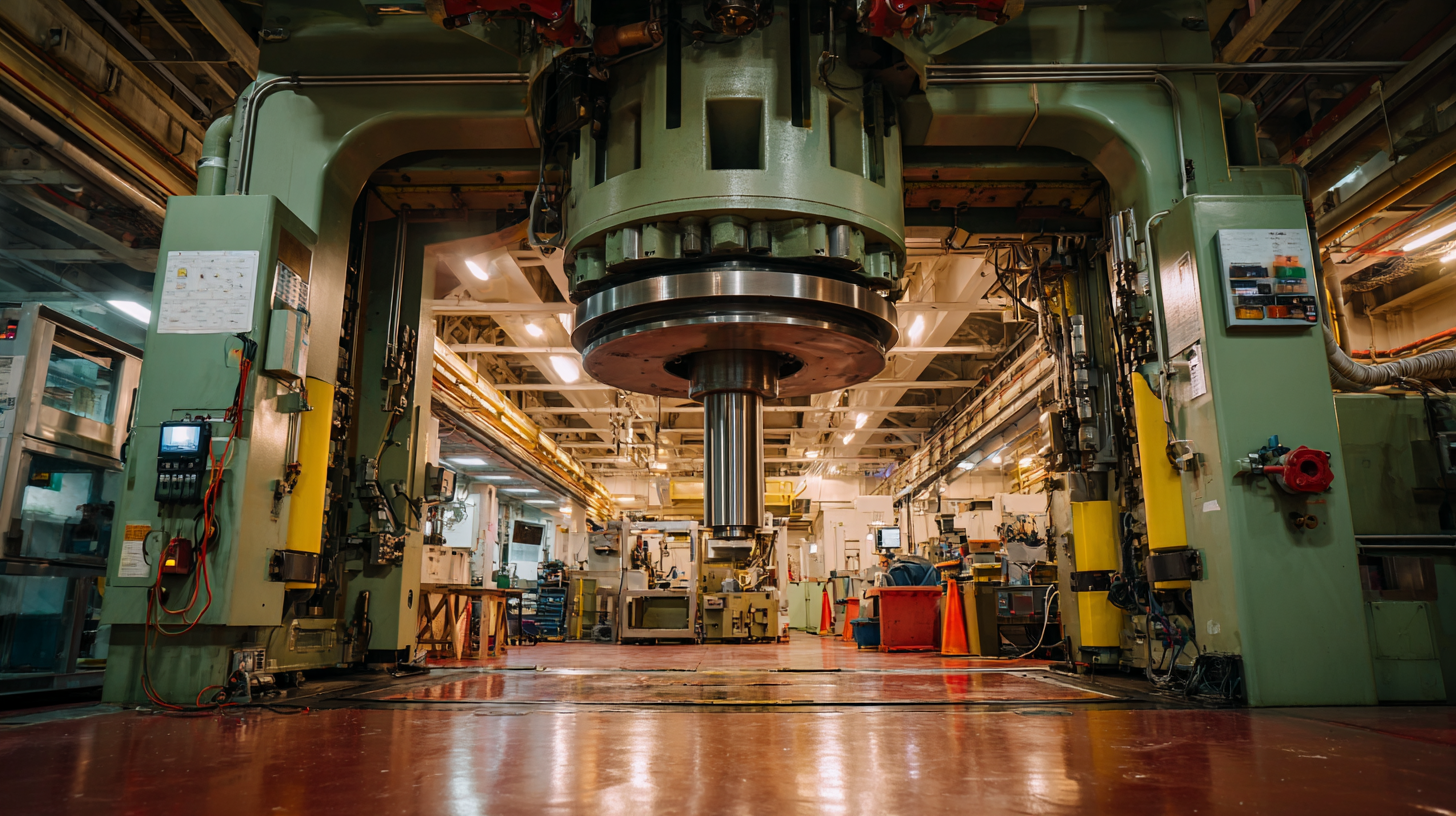
Additionally, there are traditional cutting machines like guillotine cutters and die-cutters. These machines are still widely used, especially in print and packaging industries, for their reliability and straightforward operation. Understanding these different types of cutting machines will help you make an informed decision based on your specific business needs and the materials you'll be working with.
Evaluating Features and Specifications That Matter Most
When selecting a cutting machine for your business, it's crucial to evaluate features and specifications that will best meet your operational demands. First, consider the machine's cutting capacity, which refers to the maximum material thickness and width it can handle. A machine that can accommodate a wider range of materials will provide versatility, allowing you to take on various projects without the need for multiple machines. Additionally, look for features like adjustable cutting speeds and blade types; these will enable you to customize performance based on the specific requirements of your tasks.
Another key aspect to assess is the machine's ease of use and maintenance. User-friendly interfaces and clear controls can significantly reduce training time for your employees, leading to higher productivity. Furthermore, consider the availability of technical support and replacement parts. A well-supported machine is less likely to result in downtime due to repairs or maintenance issues. By prioritizing these features and specifications, you can make an informed choice that aligns with your business needs and enhances your operational efficiency.
How to Choose the Right Cutting Machine for Your Business Needs
| Feature | Specifications | Importance Level | Typical Use Case |
|---|---|---|---|
| Cutting Speed | 60 inches/min | High | Mass production, high-volume tasks |
| Cutting Width | 24 inches | Medium | General fabric cutting |
| Power | 2 HP | High | Thicker materials, heavy-duty use |
| Software Compatibility | CAD/Open formats | High | Custom designs and patterns |
| Cutting Technology | Laser/Rotary | Medium | Precision cutting for intricate designs |
| Portability | Weight: 50 lbs | Low | Mobile jobs, onsite cutting |
Assessing Cost vs. Quality: Making a Balanced Decision
When selecting a cutting machine for your business, the balance between cost and quality is paramount. According to a report by MarketsandMarkets, the global cutting machine market is expected to grow from USD 3.1 billion in 2021 to USD 4.1 billion by 2026, highlighting the increasing demand for high-quality cutting solutions across various industries.
While lower-priced machines may seem attractive, they often compromise on precision and longevity, leading to increased operational costs in the long run.
Investing in a high-quality cutting machine can enhance productivity and reduce waste significantly. A study by L.E.K. Consulting indicates that businesses prioritizing quality in their equipment often see a return on investment (ROI) of up to 25% within the first year due to decreased downtime and fewer errors. Furthermore, machines that offer advanced technology, such as laser cutting or automated systems, can cater to diverse materials and complex designs, offering competitive advantages.
Thus, understanding the total cost of ownership—factoring in maintenance, training, and potential replacements—becomes crucial for making an informed decision that aligns with your business needs.
Seeking Out Customer Reviews and Expert Recommendations
When selecting a cutting machine for your business, one of the most invaluable resources is customer reviews. These testimonials provide first-hand insights into the machine's performance, reliability, and ease of use. By examining feedback from actual users, you can gauge how different models stand up to real-world applications. Look for reviews that specifically mention the machine's functionality in your industry, as this can reveal its strengths and weaknesses. Additionally, pay attention to the consistency of the feedback; a machine with overwhelmingly positive reviews is likely a strong candidate.

In addition to customer reviews, expert recommendations can significantly guide your decision-making process. Industry experts often evaluate cutting machines based on rigorous criteria, including precision, durability, and support services. Reading articles and comparisons from trusted sources can help you understand which features are essential for your specific cutting needs. Furthermore, attending trade shows or industry seminars can provide opportunities to see these machines in action and engage with professionals who can offer tailored advice based on their extensive experience.
Combining customer feedback with expert insights will ensure that you choose a cutting machine that aligns perfectly with your business requirements.
Related Posts
-

5 Essential Tips for Choosing the Best Cutting Machine for Your Business
-

Common Issues Faced by Users of Cutting Machine Technology
-
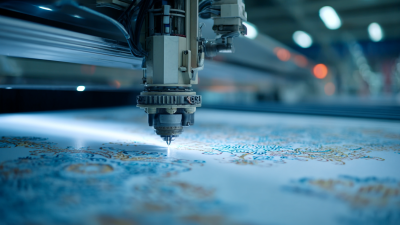
10 Best Cnc Fabric Cutting Machines for Precision and Efficiency
-
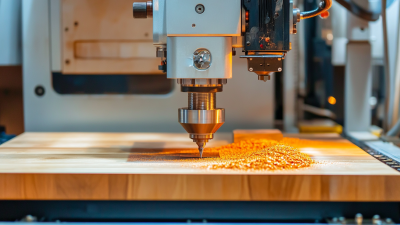
Unveiling the Future of Best Small CNC Machines Market Analysis and Real World Applications by 2025
-
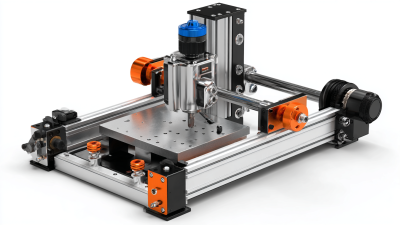
Innovative Solutions for Small CNC Machine Efficiency
-

Unlocking Efficiency: The Proven Advantages of Advanced Drilling Machines in Modern Manufacturing
